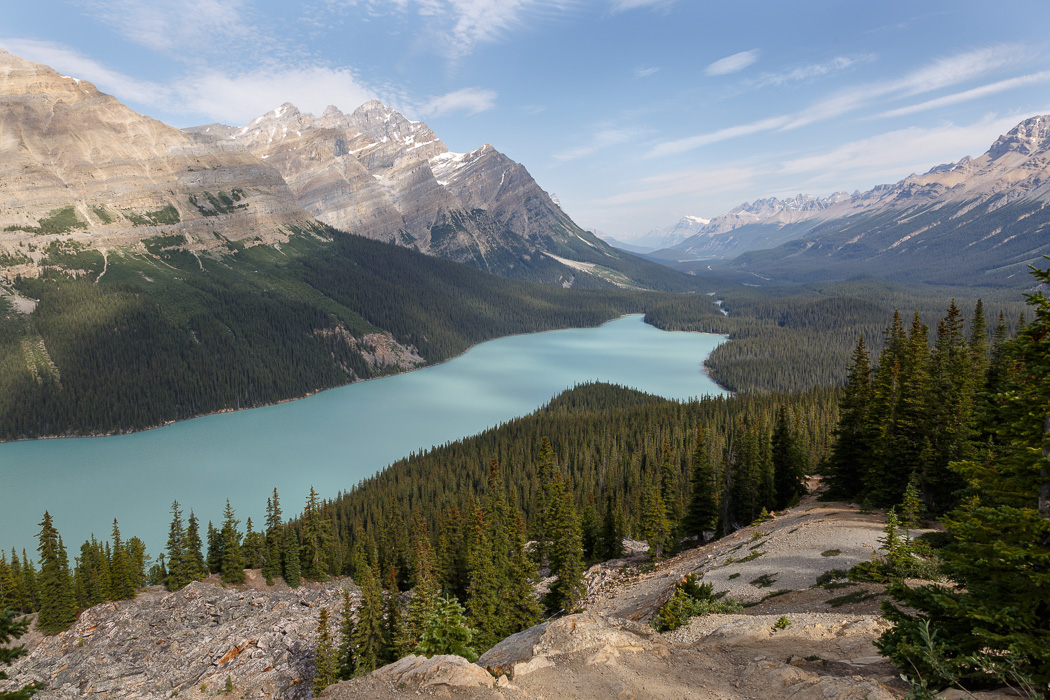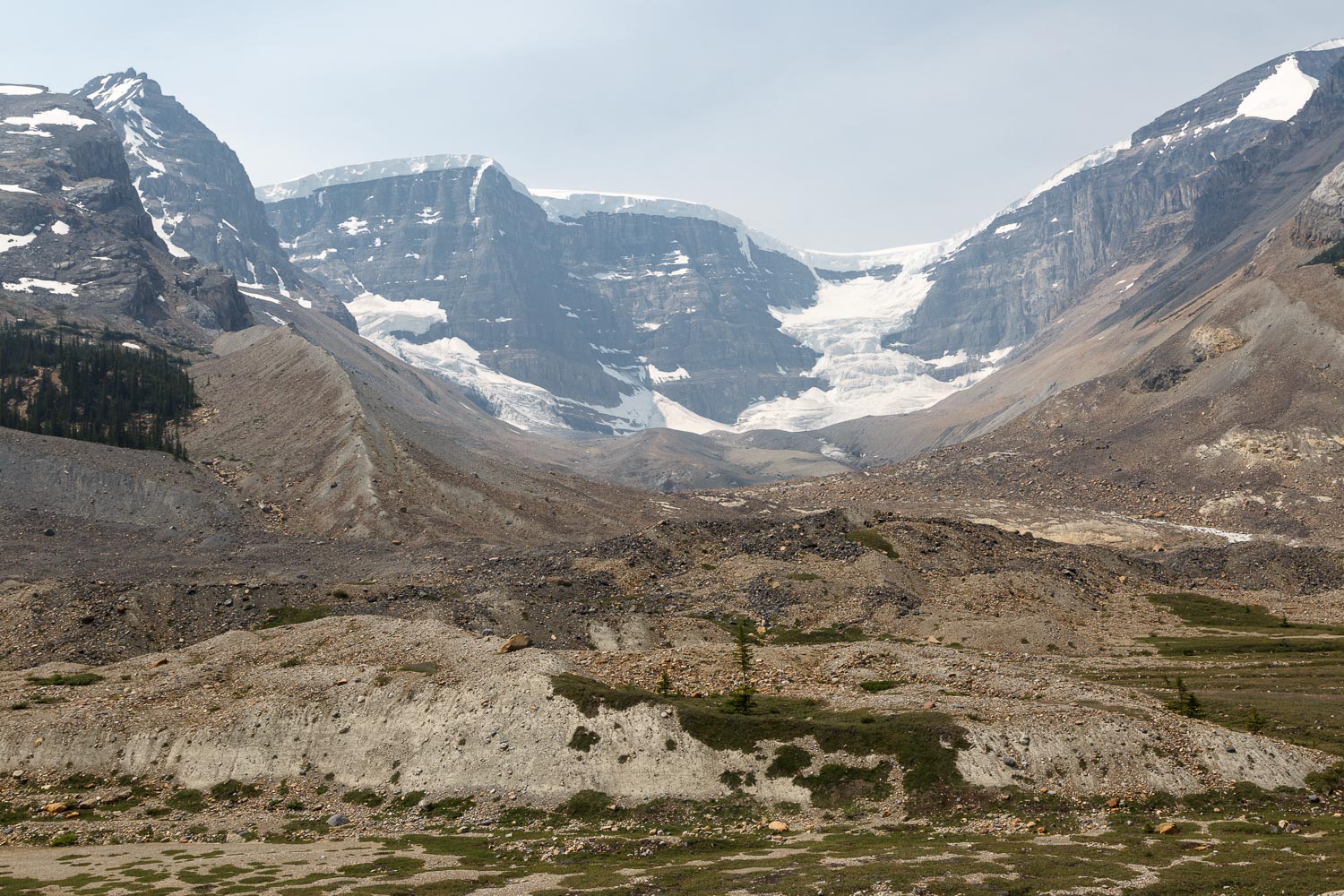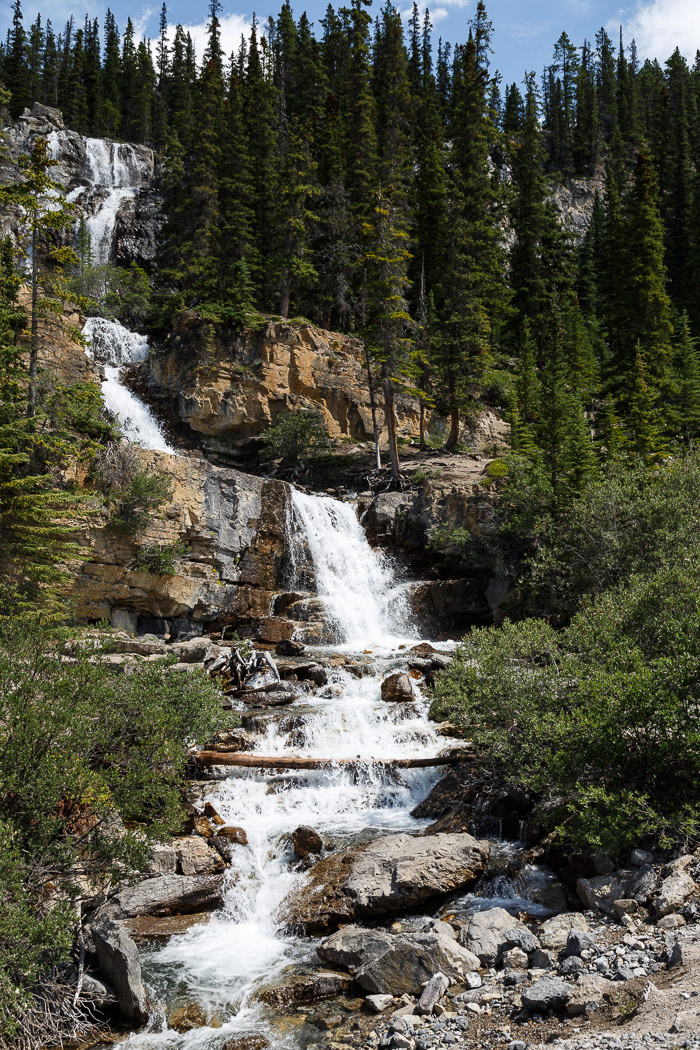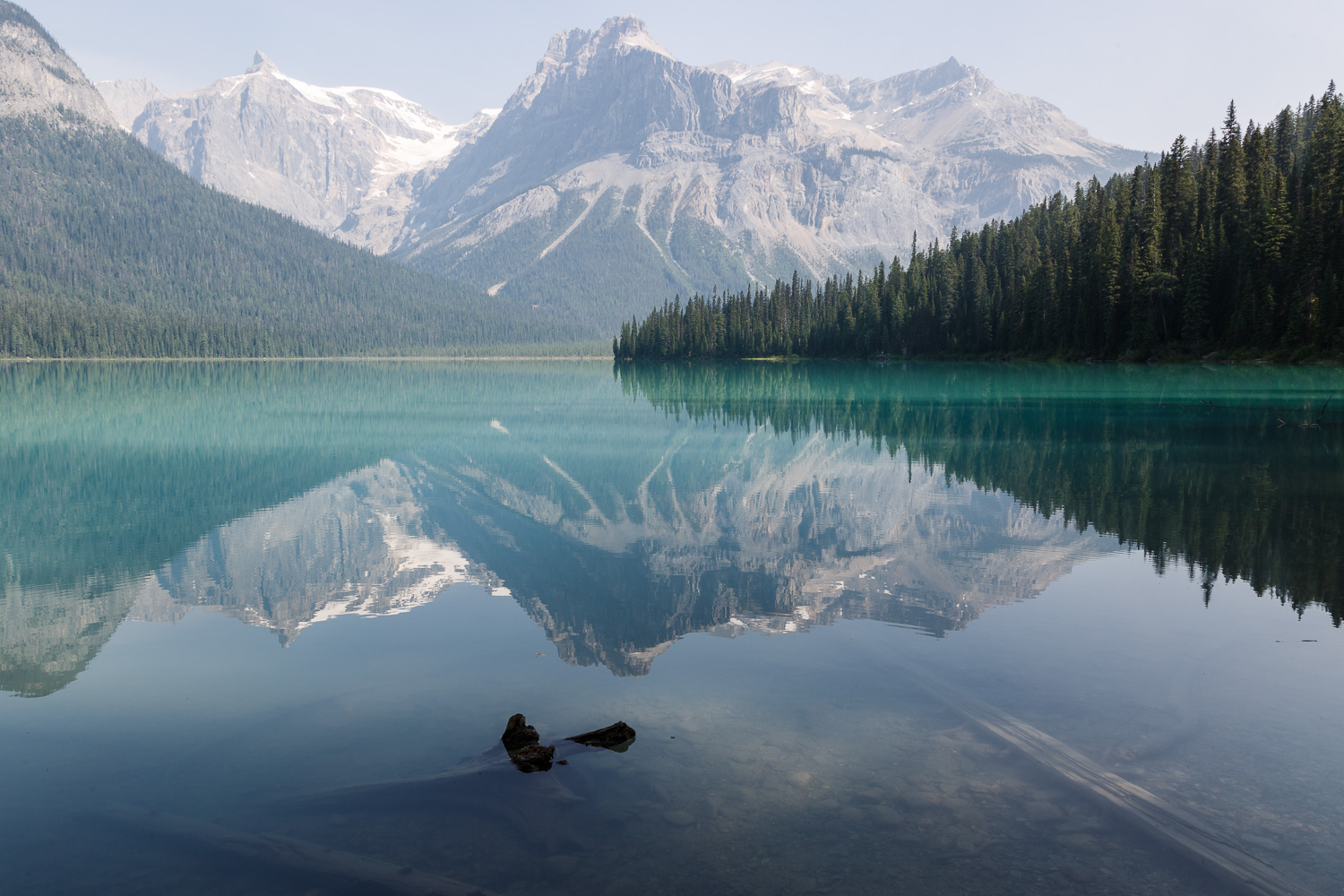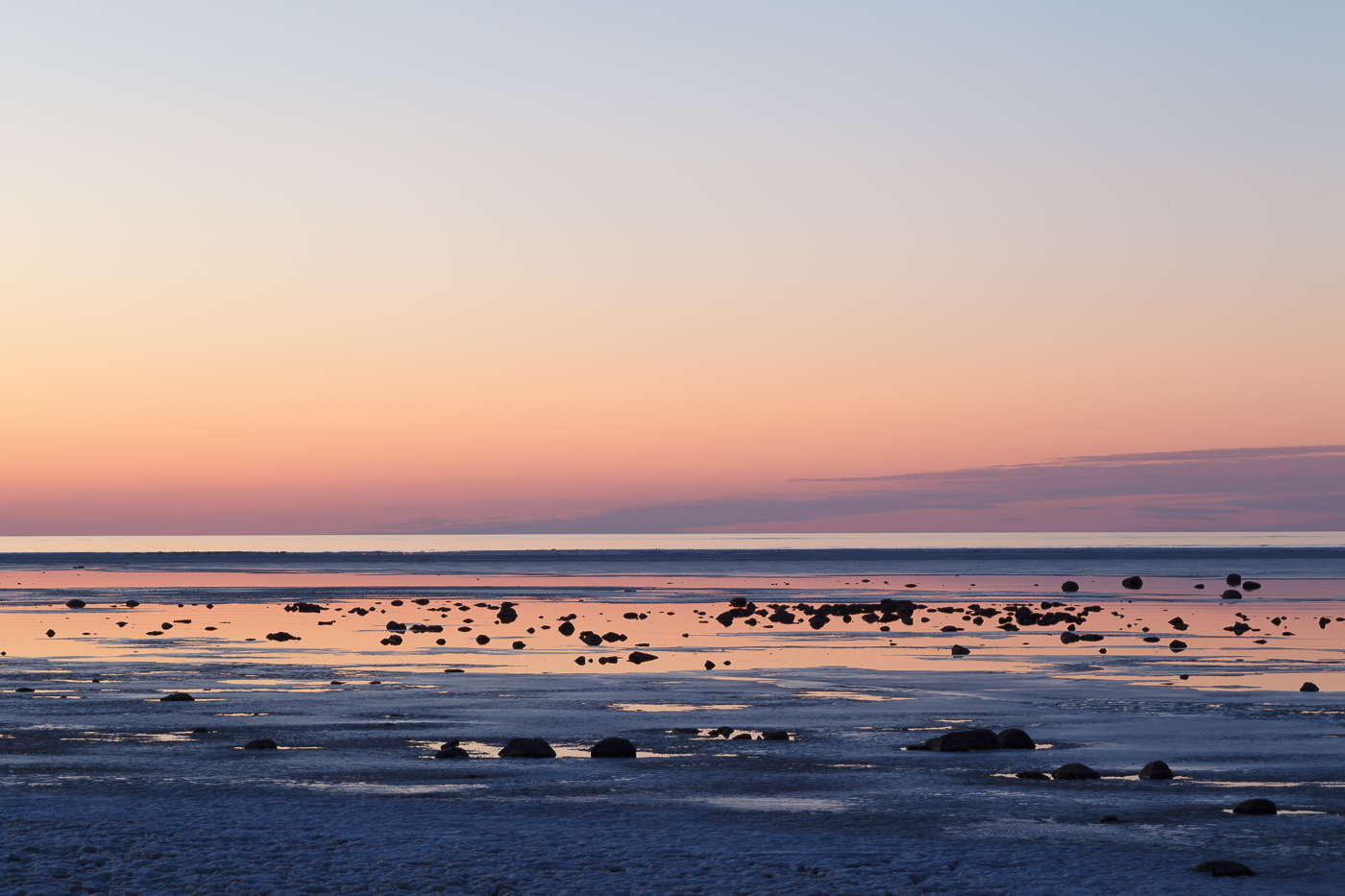A hot summer. Mid 30's most days. Beyond a couple of fierce and impressive thunderstorms in early spring there's been little rain. The light is harsh and contrasty. Sunrise is early, sunset so late, and lots of strong unappealing light in between. Those beautiful intense greens of spring are gone and most vegetation is dry and dusty; in full leaf but no longer fresh and vibrant. The lake is high, higher than it's been in years and there's little beach. The kettles at Kettle Point are completely under water and the loss is deeply felt. Perfect weather for camping or cottage life, or even being at home enjoying food on the patio with friends. But not so good for photography.
I haven't taken many images this past month. The camera hasn't been out much. The beach I love - wild, empty, with loud crashing waves - is now decked out for summer. Loads of people, each group using umbrellas and beach chairs to lay claim to their staked out piece of sand. Boats and Sea-Doos racing across the water at full throttle, making a different kind of lake noise. But it's summer and this is a beautiful beach: sandy, shallow for a long way out, safe, clean, with waves for the kids to jump and play in. People love to be here. And that's a good thing.
I walk the beach often but in summer I seldom take a camera. But today it came with me. The beach is narrow, much of the dunes have been washed away, but there were clouds in the sky that made for interesting lighting. So I took some images, letting myself get lost in the place and the moment.
The Dunes of Ipperwash Beach
Old Log Pushed up on the Dunes
Tall Grasses at the edge of the Lake
Summer Clouds and Children Playing in the Lake
Dune Grasses and Trees seen from the Lake
I was waiting for a sunset shot to fill out the day but as it often does the sun got lost in cloud in its final hour. A group of people were still playing in the water and the sky and lake were interesting shades of blue and pink so I took the shot. A different kind of beauty.
Last Light on the Lake
It's harder for me to find the beauty I search for during the summer months. It doesn't mean it isn't there. I simply have to look for it in a different way.
































































































